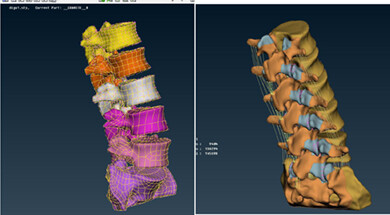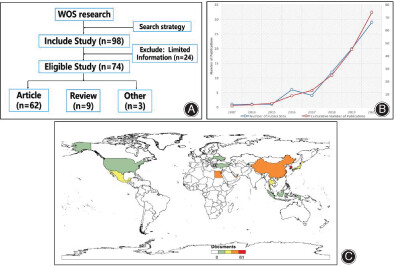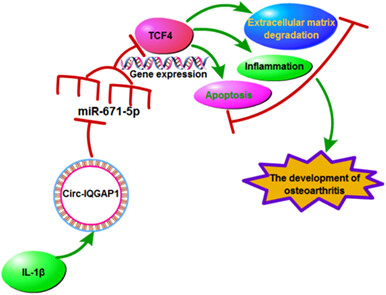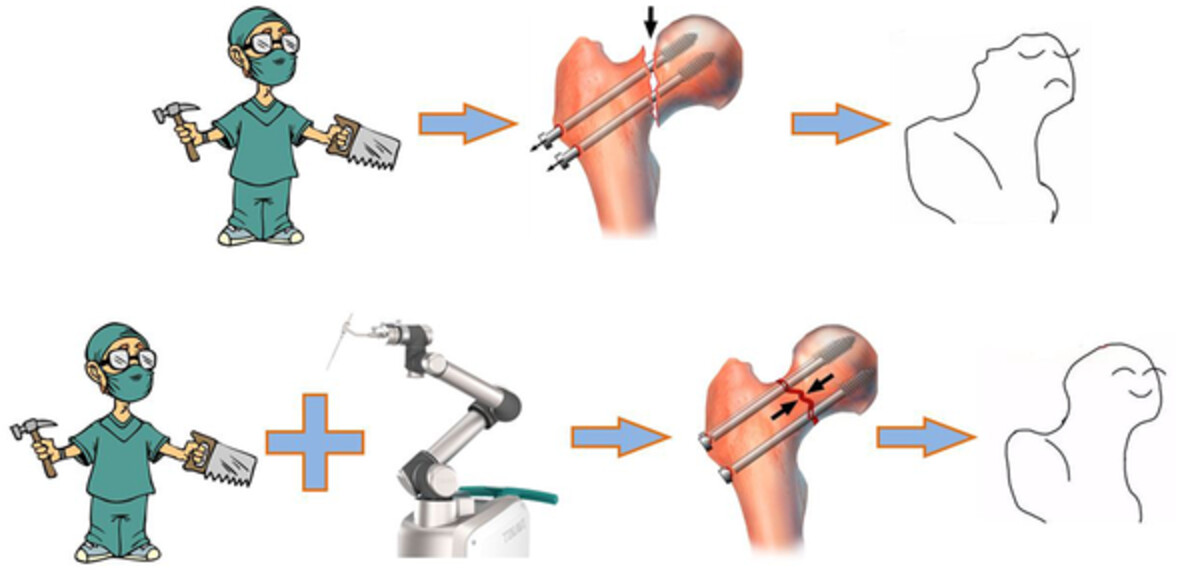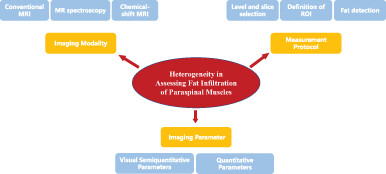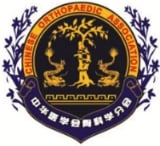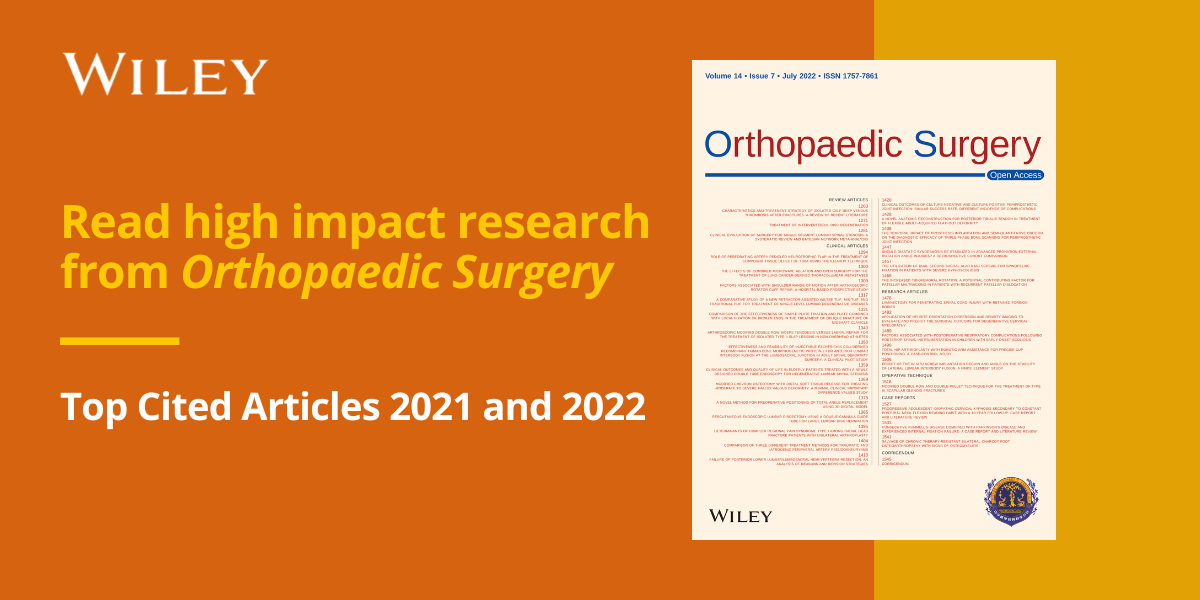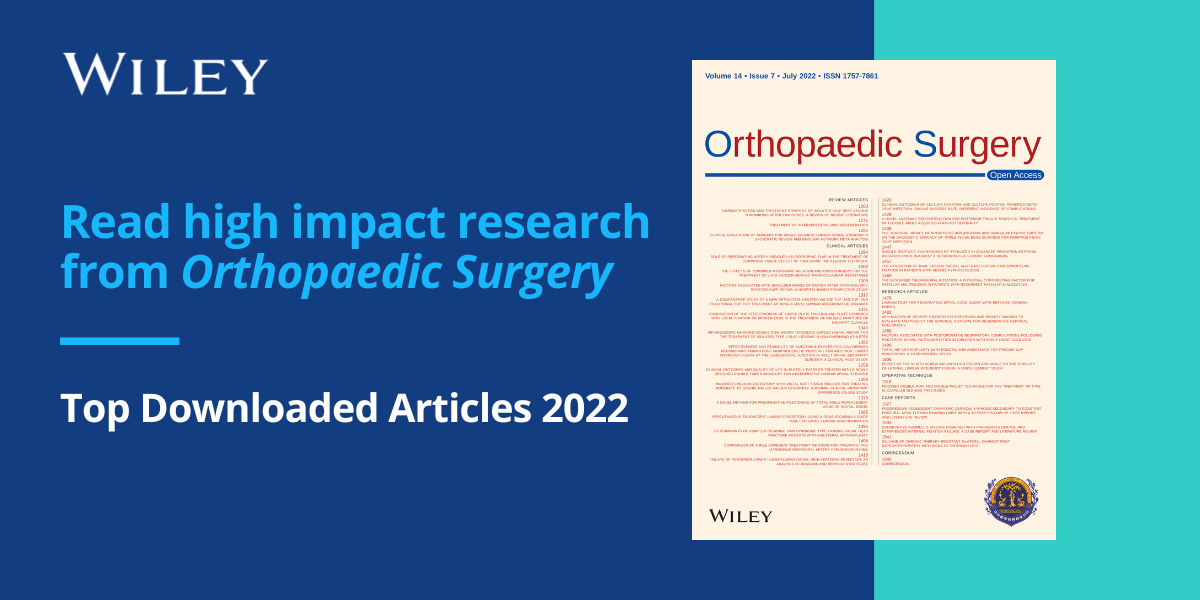Journal list menu
Export Citations
Download PDFs
Table of Contents
Biomechanical Evaluation of Oblique Lumbar Interbody Fusion with Various Fixation Options: A Finite Element Analysis
- First Published: 22 February 2021
Global and Current Research Trends of Unilateral Biportal Endoscopy/Biportal Endoscopic Spinal Surgery in the Treatment of Lumbar Degenerative Diseases: A Bibliometric and Visualization Study
- First Published: 16 March 2022
CircRNA circ-IQGAP1 Knockdown Alleviates Interleukin-1β-Induced Osteoarthritis Progression via Targeting miR-671-5p/TCF4
- First Published: 05 March 2021
Osteotomy Around the Knee: The Surgical Treatment of Osteoarthritis
- First Published: 10 June 2021
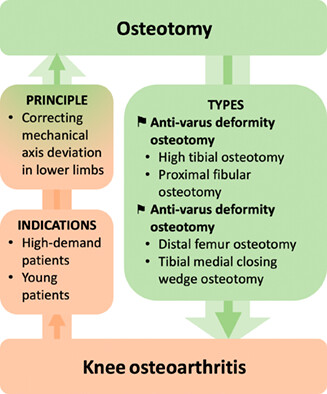
Osteotomy around the knee (OAK), one of the clinical treatments for knee osteoarthritis (OA), is based on the notion of “knee preservation” and primarily applies to relatively young and high-demand patients. The principle of OAK is to correct the mechanical axis in the lower limbs. According to the types of deformity, the techniques can be divided into anti-varus deformity and anti-valgus deformity osteotomy. By choosing the surgical section of the lower limbs, anti-varus deformity and anti-valgus deformity osteotomy can be further divided into high tibial osteotomy (HTO), proximal fibular osteotomy (PFO), and distal femur osteotomy (DFO). Osteotomy is easy to conduct, low-risk, almost all cases have rapid recovery after surgery, and it has been chosen as an alternative surgical treatment.
Comparison of Early Clinical Results for Femoral Neck System and Cannulated Screws in the Treatment of Unstable Femoral Neck Fractures
- First Published: 05 August 2021
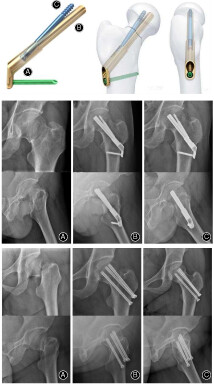
To compare early clinical effects of the femoral neck system (FNS) and three cannulated screws for the treatment of patients with unstable femoral neck fractures. We designed a retrospective analysis with pair matching. This study found that compared with cannulated screws, FNS is a suitable option for the treatment of Pauwels type-3 femoral neck fractures. This approach is characterized by its accurate efficacy, simple procedure, reduced trauma, faster recovery, and fewer complications, though it is more expensive. FNS's excellent biomechanical performance and clinical efficacy make it a new choice for the treatment of unstable femoral neck fractures.
Percutaneous Endoscopic Lumbar Discectomy via Transforaminal Approach Combined with Interlaminar Approach for L4/5 and L5/S1 Two-Level Disc Herniation
- First Published: 05 April 2021
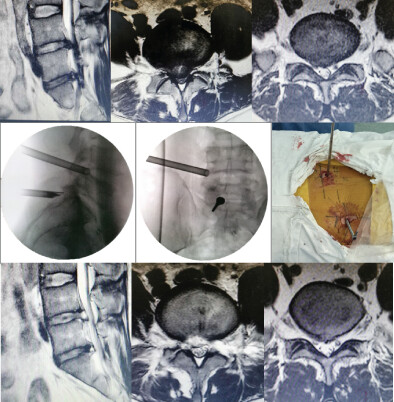
Neither PETD nor PEID is a good option for two-level LDH. These approaches are associated with longer surgical time, massive radiation exposure, or unexpected complications. This retrospective study showed that PELD via the transforaminal approach combined with the interlaminar approach under epidural anesthesia can treat L4/5 and L5/S1 two-level disc herniation safely and effectively.
Full-Endoscopic Foraminotomy with a Novel Large Endoscopic Trephine for Severe Degenerative Lumbar Foraminal Stenosis at L5S1 Level: An Advanced Surgical Technique
- First Published: 27 January 2021
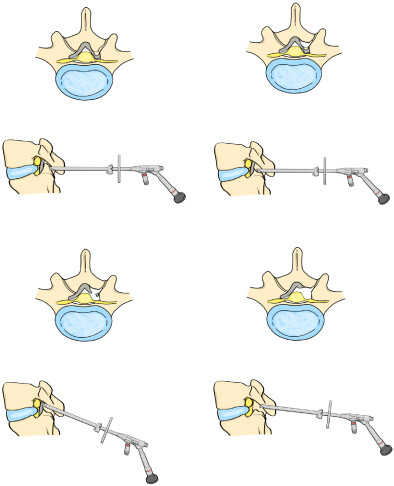
We described an advanced percutaneous endoscopic lumbar foraminotomy by using a specially designed endoscopic trephine. The hard bony decompression was performed directly under endoscopic observation. It combined the efficiency of trephine and the safety of the instruments guided by the endoscope. A safe and effective full-range decompression of the exiting nerve root was achieved by this technique.
TiRobot-Assisted Percutaneous Cannulated Screw Fixation in the Treatment of Femoral Neck Fractures: A Minimum 2-Year Follow-up of 50 Patients
- First Published: 15 January 2021
Treatment of Intervertebral Disc Degeneration
- First Published: 29 April 2022
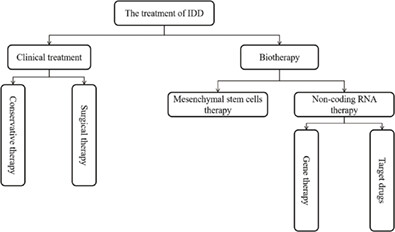
The clinical treatment of IDD includes conservative therapy and surgical therapy. Currently, treatments based on MSCs and ncRNAs are regarded as potential targets. Some ncRNAs verified by clinical trials can be used in gene therapy, and drugs targeting those ncRNAs can also be designed to treat IDD.
Percutaneous Robot-Assisted versus Freehand S2 Iliosacral Screw Fixation in Unstable Posterior Pelvic Ring Fracture
- First Published: 13 December 2021
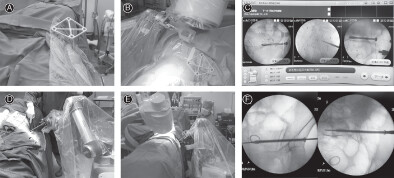
The six steps of percutaneous S2 IS screws with TiRobot system. (A) Install patient's tracker; (B) Digital image acquisition and registration; (C) Planning the screw position on the workstation; (D) The mechanical arm moves to the inserted position automatically; (E) Insert the guide wire; (F) Confirm the position of screw.
Picrosirius-Polarization Method for Collagen Fiber Detection in Tendons: A Mini-Review
- First Published: 10 March 2021
Anterior Controllable Antedisplacement and Fusion (ACAF) vs Posterior Laminoplasty for Multilevel Severe Cervical Ossification of the Posterior Longitudinal Ligament: Retrospective Study Based on a Two-Year Follow-up
- First Published: 31 January 2021

The study aimed to compare the clinical outcomes of anterior controllable antedisplacement fusion (ACAF), a new surgical technique, with laminoplasty for the treatment of multilevel severe cervical OPLL based on a 2-year follow-up. By achieving anterior direct decompression and better curvature of the spinal cord, satisfactory neurologic outcomes, and low complication rate. ACAF is considered superior to laminoplasty for the treatment of multilevel severe OPLL.
Imaging Evaluation of Fat Infiltration in Paraspinal Muscles on MRI: A Systematic Review with a Focus on Methodology
- First Published: 04 May 2021
Role of D-dimer and Fibrinogen in the Diagnosis of Periprosthetic Joint Infection: A Systematic Review and Meta-Analysis
- First Published: 07 March 2021
Robot-Assisted Minimally Invasive Transforaminal Lumbar Interbody Fusion in the Treatment of Lumbar Spondylolisthesis
- First Published: 13 September 2021
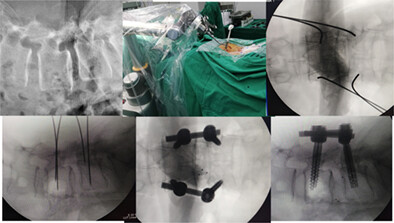
Compared to the open surgery group, the robot-assisted MIS-TLIF group had achieved a better clinical result of significantly more precise pedicle screw placement, less intraoperative blood loss, less postoperative drainage, shorter hospitalization, shorter time to independent ambulation, lower VAS at 3 days post-operation, and less paraspinal muscle atrophy.
Percutaneous Endoscopic Unilateral Laminotomy and Bilateral Decompression for Lumbar Spinal Stenosis
- First Published: 09 February 2021

Endo-ULBD for LSS has the advantages of less trauma, a shortened operation time and rapid recovery and is an effective alternative for the treatment of lumbar spinal stenosis. Strict surgical indications, reasonable surgical plans and experienced surgeons are important factors to ensure safety and satisfactory efficacy.




